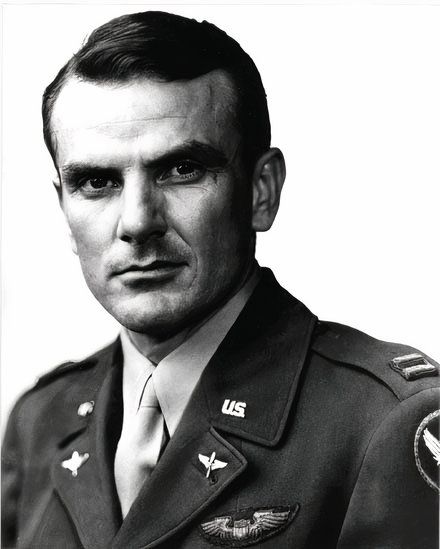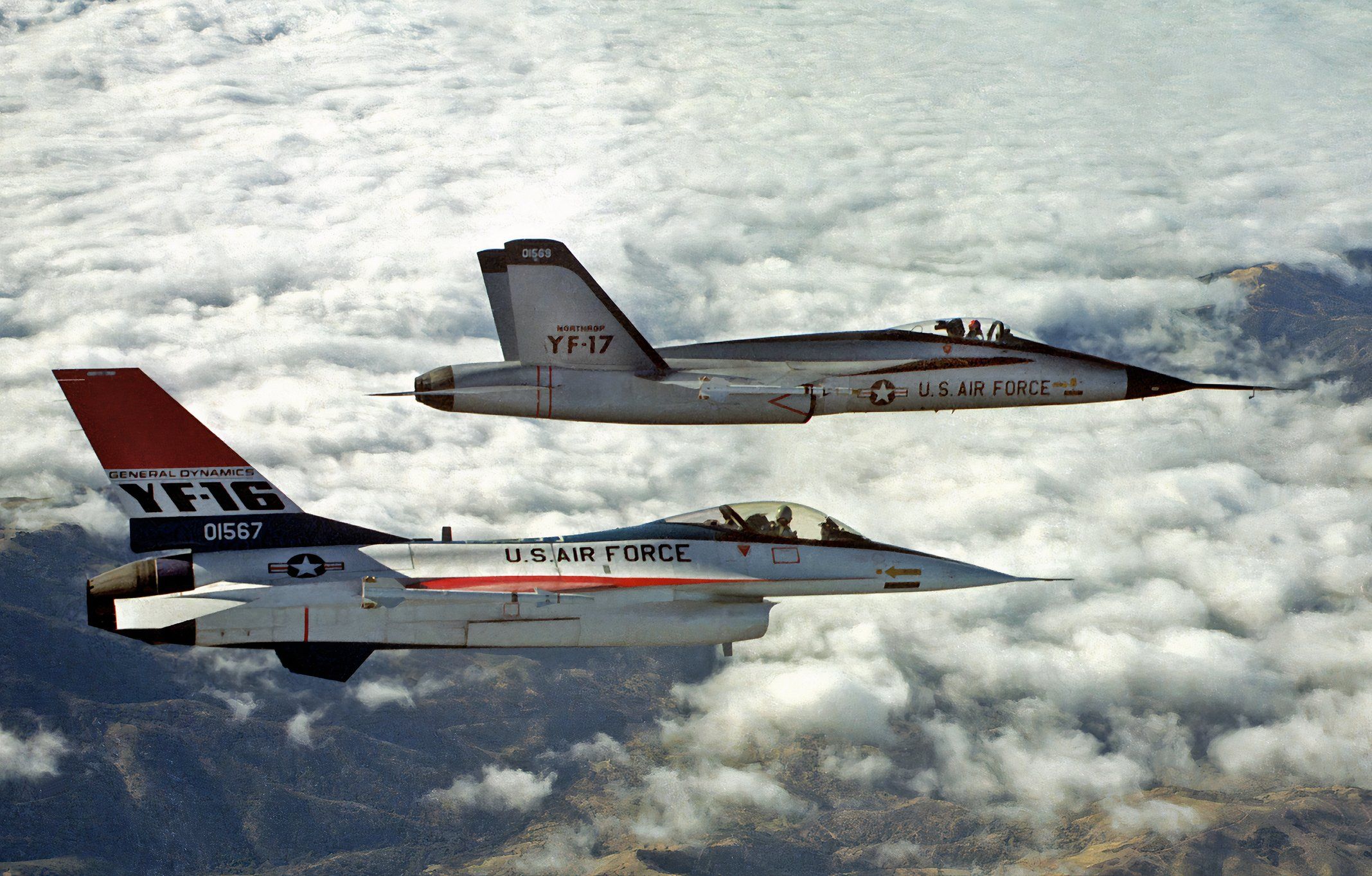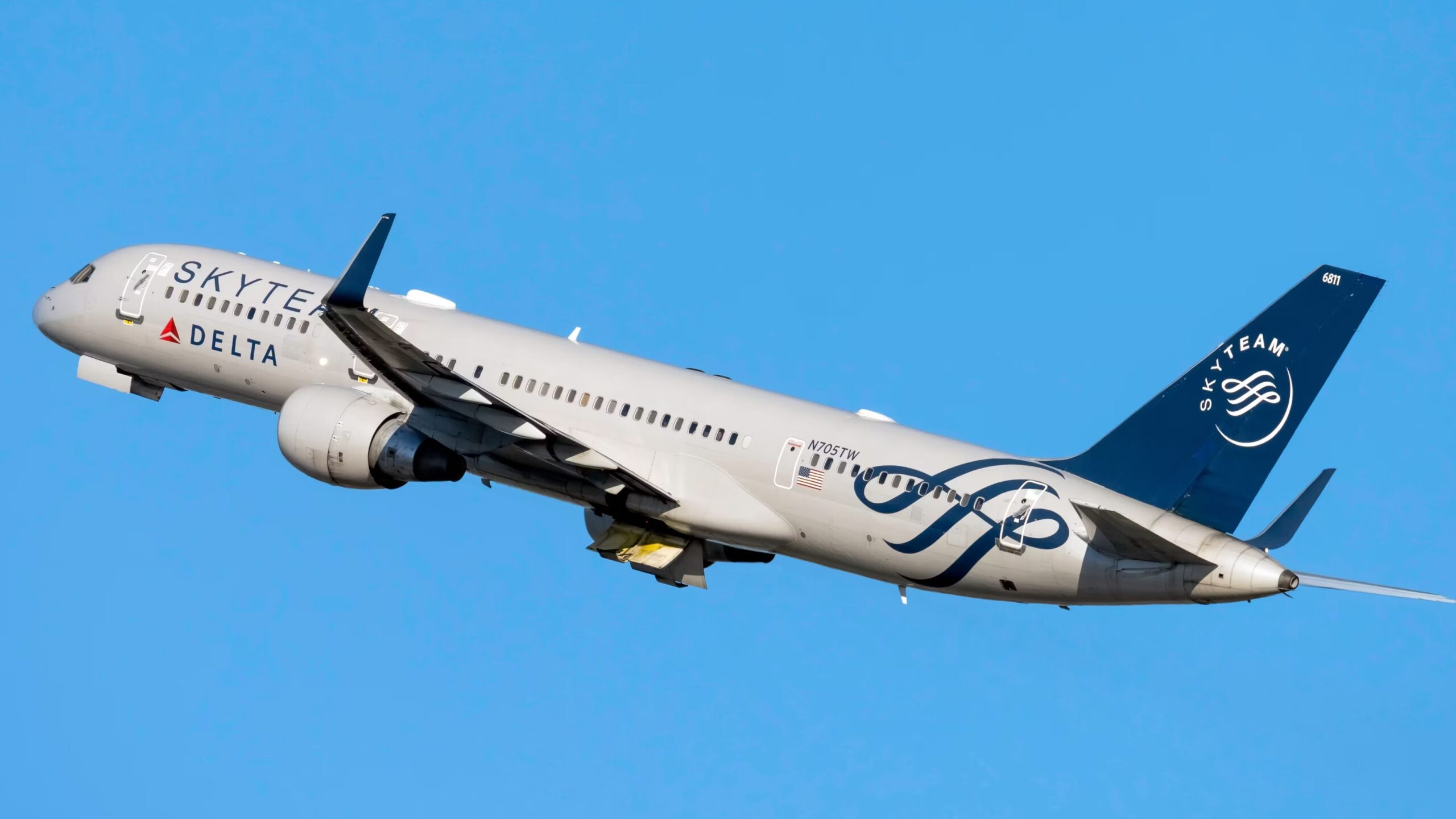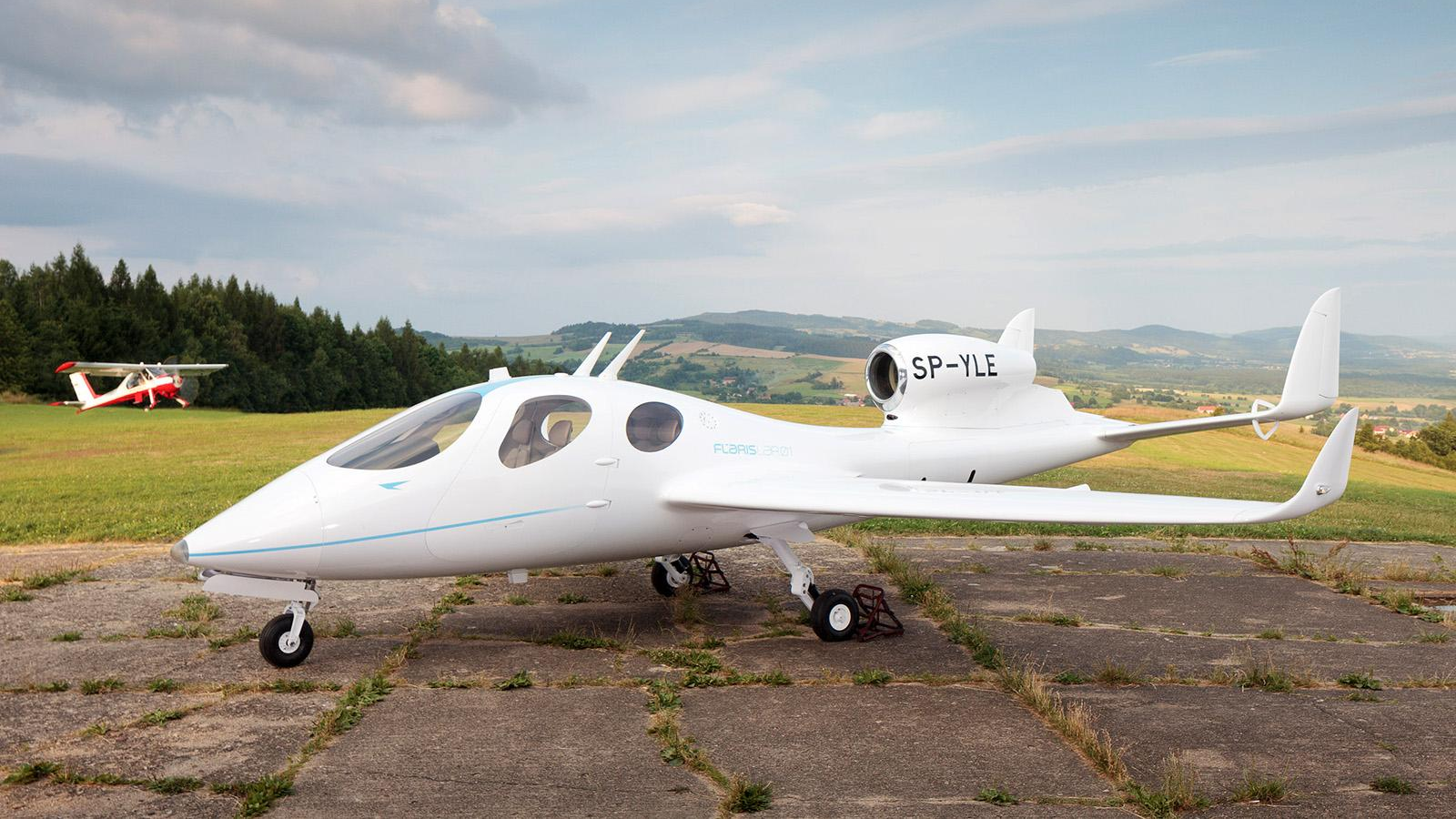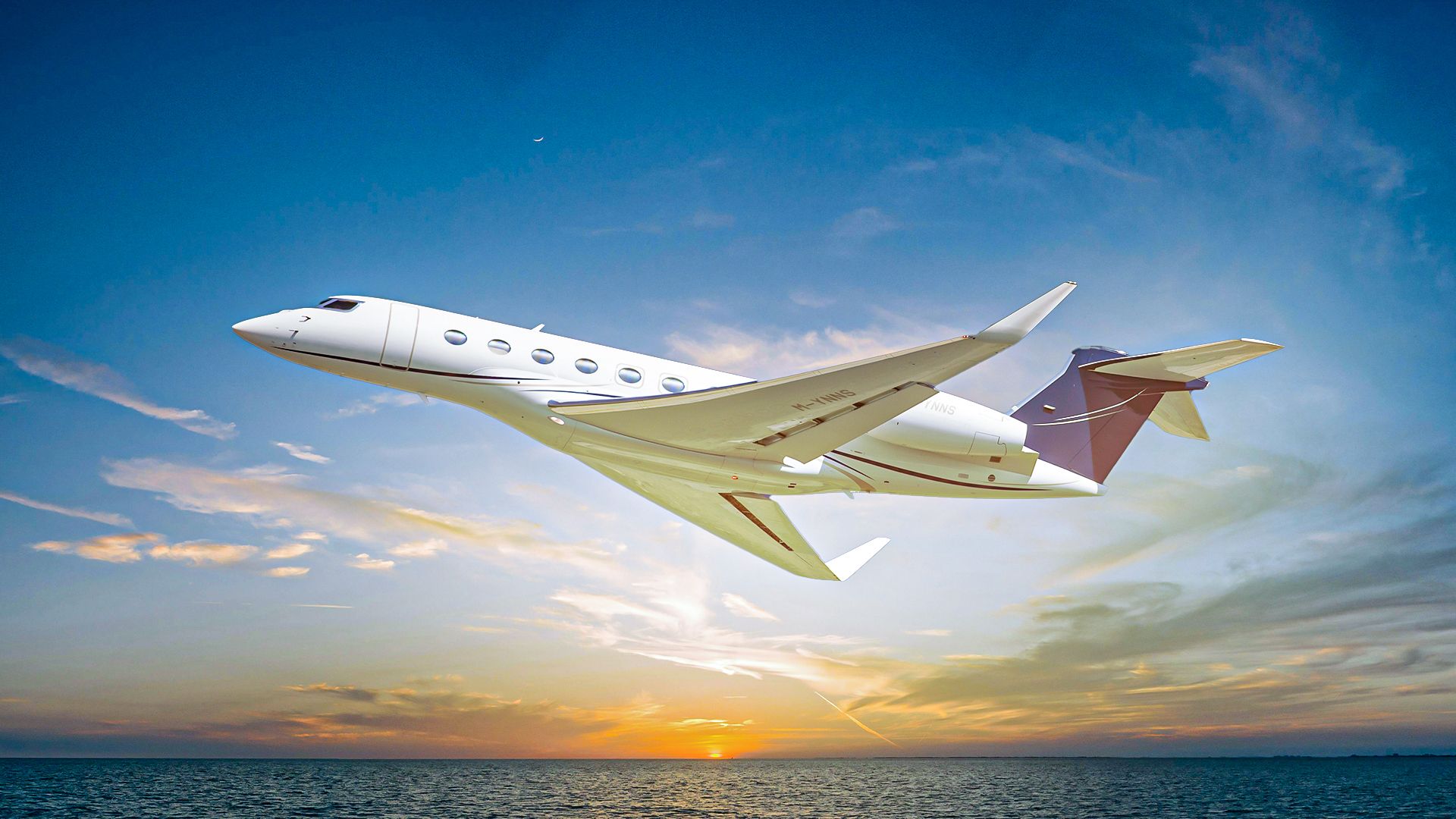Summary
- Edwards Air Force Base has undergone several name changes over time, including honoring Captain Glen W. Edwards.
- The flight test community at Edwards Air Force Base adapts well to changes, demonstrating mastery of facing challenges.
- The Test Engineering Program at Edwards Air Force Base focuses on training adaptive and critical thinking engineers and pilots.
Edwards Air Force Base, located in sunny California, is a US military base that is home to several research centers and commands, including the Air Force Test Center, the Air Force Test Pilot School, the Air Force Material Command Center, and NASA’s Armstrong Flight Research Center.
A name change throughout time
Established in September 1933 as the Muroc Bombing and Gunnery Range, the training site was in a “small enclave within present-day Edwards,” according to Edwards Air Force Base’s website.
In July 1942, the base became a permanent training ground for flight crews and was designated Muroc Army Air Base.
A few years after WWll, the base’s name was changed again to Edwards Air Force Base to honor Captain Glen W. Edwards, who was killed one year earlier in a plane crash.
“…[T[he Edwards flight test community repeatedly demonstrates its ability to adapt to these changes and to master the many challenges they impose.” — Edwards Air Force Base.
Casual Tempo gives many their wings
During the Golden Age of flight, incoming pilots were shown the flight line and then studied to become qualified on the types of aircraft that were available to be used at the time.
According to the Edwards Air Force Base website, the pilots flew the plane for about an hour before working on takeoffs and landings. After that, a flight engineer worked with the future pilots to make them comfortable flying the airplane.
Remember that many pilots were trained like this during the 1930s, and as Lt. Donald Putt recalled,
“Out of the blue, I got orders to report to Dayton. I had not shown any interest [in] wanting to be a test pilot.”
During the mid-20th century, with additional conflicts on the rise, Col. Ernest K. Warburton was interested in achieving a more professional flight school standard. He was inspired by the Royal Air Force
Empire Test Pilot School and wanted to make a more robust system for future pilots so they could come out of the school as one of the very best.
Modern skills for advanced warfare
As the years passed, the school added additional curriculum and other courses to test pilots’ coping skills. At the beginning of the program, only a few hours of training were needed for success. At the time of the first moon landings, the course was six months long and eventually extended to eight.
Edwards Air Force Base’s own website mentions that by 1958, the curriculum was so challenging that many regarded it as equivalent to a 2-year aeronautical engineering degree.
Today, as aircraft have become extraordinarily complex, the training is approximately 1 year of hands-on and classroom training. It focuses tremendously on utilizing an academic structure, so pilots can be the most knowledgeable in their field. The school trains engineers and navigators in addition to pilots.
There are many training classes and programs at Edwards Air Force Base. This article will mention two of them: the SERE training and the Test Engineering Program.
Whatever it takes to survive
Edwards Air Force Base aircrew must pass initial survival training with the Survival, Evasion, Resistance, and Escape (SERE) specialists. Every Edwards Air Force Base aircrew personnel is required to complete this training, which takes three and a half days and is regarded as very intense, challenging, and fast-paced.
“This is good knowledge to have in circumstances you never want to be in. I feel good about them learning.” – Staff Sgt. Marco Hernandez, 412 OSS SERE Specialist
Edwards Air Force Base’s Test Engineering Program
In the YouTube video, An Inside Look: USAF Test Pilot School’s Flight Test Engineering Program, Jessica “Sting” Peterson, Technical Director of the 4th Operations Group, says that what Edwards Air Force Base is trying to achieve are pilots who are:
“adaptive, critical thinking engineers that can go on all different types of aircraft, platforms, systems, and be able to think about how do I take this problem, [and] how do I figure out what the risks are, and how I go out and safely, securely, effectively and efficiency test the system.”
Many classes are held throughout the year to train these skilled engineers and pilots.
One of the classes is the Airborne Test Conduct Intro, which is done on a C-12. This class focuses mainly on crew coordination, data collection, effective team communication, and flight test conduct.
Another class teaches effective tower flybys using T-38s and F-16s. Capt. Hadrien Schneider, an international student at the school, mentioned that it is an interesting technique, and the flybys provide a lot of accurate data. As the video also mentions, the flybys prepare the students to mitigate risks regarding different types of hazards associated with close flybys of the tower.
Additional classes include High Angle-of Attack testing, which is done using F-16s and the pilots’ first flight on the C-12.
The Engineering
test program builds the foundation so future pilots can operate any aircraft, gather the appropriate data, and successfully navigate any unknowns.
At the forefront of
Edwards Air Force Base has been at the forefront of flight training and has a track record of successful pilots and curriculum to match. The eligibility requirements are strict, but if you are accepted and pass all your tests
, you can be an expert in your field as well as in the skies.



